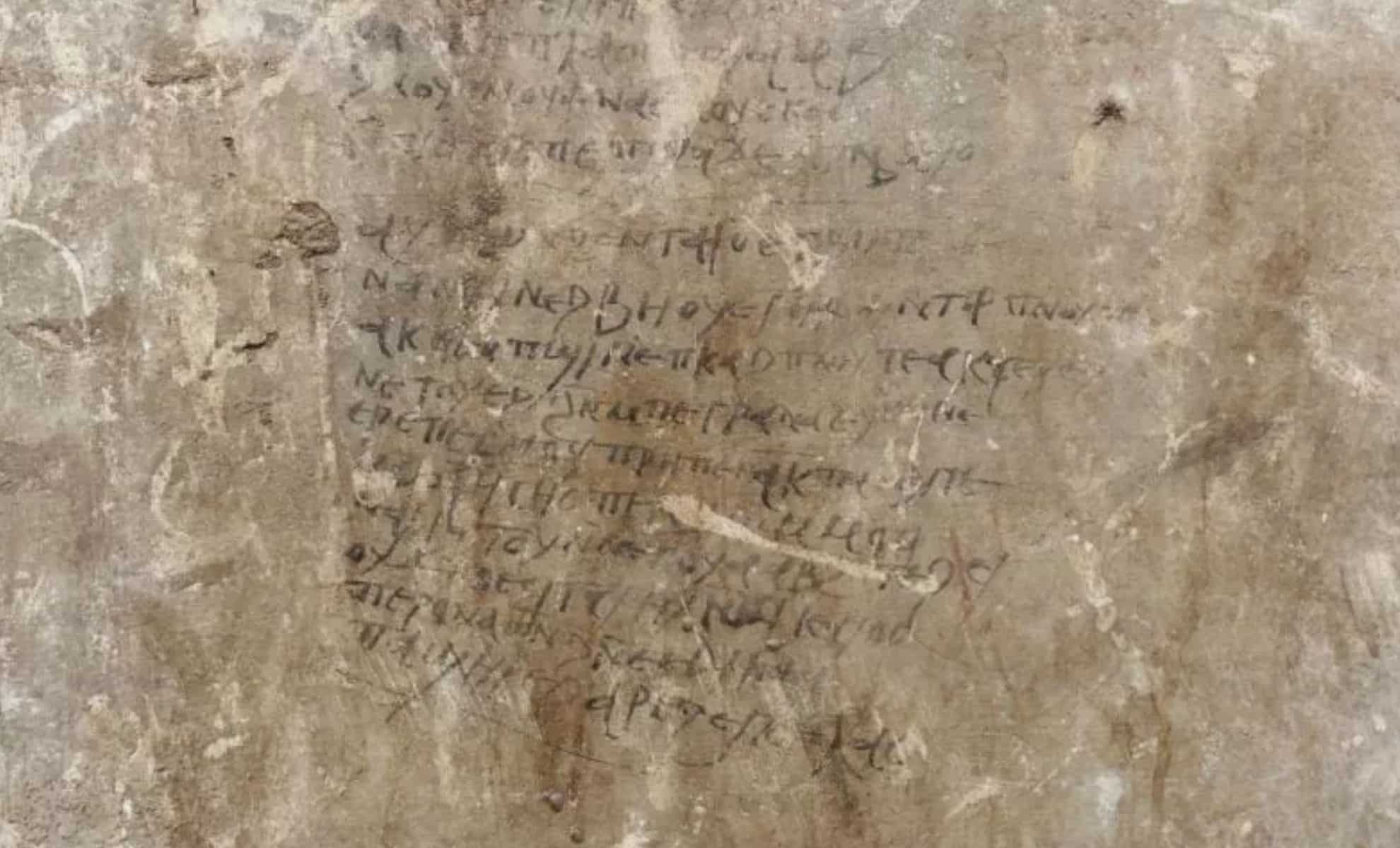A major discovery in Egypt’s Upper Egypt region is shedding new light on early Christian architecture. According to Egypt’s Supreme Council of Antiquities, an archaeological mission in the Manqabad area of Assiut has uncovered a significant Coptic brick structure dating back to the 6th and 7th centuries AD. This find, hailed by experts as one of the most important in recent years, offers new insight into the religious and cultural practices of the time. The building’s well-preserved white-mortared walls and the stunning murals found inside are expected to enrich the understanding of Coptic art and architecture in the region.
The team of archaeologists working on the site is carefully documenting the discovery, which includes detailed frescoes and valuable artifacts that reveal the daily lives and spiritual practices of early Christian communities. The site, which is only a short distance from Assiut’s city center, has been the subject of excavations since 1965. However, with renewed efforts starting in 2024, the region is becoming a hotbed for uncovering Egypt’s hidden Christian history.
The Fascinating Structure – A Look at the Architecture
The recently uncovered brick structure stands out due to its unique two-level design, making it a rare find in the context of early Christian buildings in Upper Egypt. The upper level contains three parallel halls leading into two smaller rooms, while a staircase leads down to the lower level. There, archaeologists uncovered a series of elongated rooms, which were likely used for religious or domestic purposes. These findings are not only essential in understanding the layout of early Christian buildings but also provide valuable clues regarding their function.
The walls of the structure are made from white-mortared bricks, an architectural feature that further distinguishes this building from others in the area. These materials point to the technical advancements of the period and could indicate a high level of craftsmanship, often reserved for significant religious or communal structures. The discovery of this building’s design promises to enhance the understanding of Coptic architecture, as this is one of the most substantial examples of early Christian buildings in the region.
Mysterious Murals – Spiritual Insights and Religious Iconography
Inside the structure, archaeologists were struck by the discovery of several well-preserved murals that provide a unique glimpse into the spiritual life of early Christians in Egypt. Among the most fascinating works of art is a mural featuring a large face surrounded by a multitude of eyes, a symbol that experts believe represents spiritual insight, wisdom, and vigilance—key themes in Coptic religious life. This symbolic representation reflects the deep spiritual connection and philosophical insights that were central to early Christian theology.
In addition to this intriguing mural, another fresco features a bearded man holding a small child, widely interpreted as a depiction of St. Joseph the Carpenter with the infant Jesus. The fresco includes several of Jesus’ disciples, further suggesting that the site may have been a place of significant religious importance. These artworks, often accompanied by Coptic inscriptions, offer a glimpse into the theological messages that were prevalent in early Christian communities in Egypt.
Artifacts and Relics – A Glimpse Into Daily Life
The excavation also revealed numerous artifacts and relics that shed light on the daily lives of the people who lived and worshipped in the structure. Among the most significant findings was a tombstone inscribed in Coptic, providing the name and date of death of a local saint, which holds both religious and historical value. The presence of pottery fragments, stone friezes depicting animals like deer and lions, and other utilitarian vessels indicates that the site was not only a place of worship but also a place where daily activities and rituals were conducted.


One of the most notable objects discovered was a stone frieze that depicts images of a deer and a lion, animals often symbolizing strength, beauty, and divine protection in Coptic art. The combination of these pieces with the more utilitarian objects found at the site points to a rich cultural heritage that blended the spiritual and the everyday, offering a complete picture of life in early Christian Egypt.






